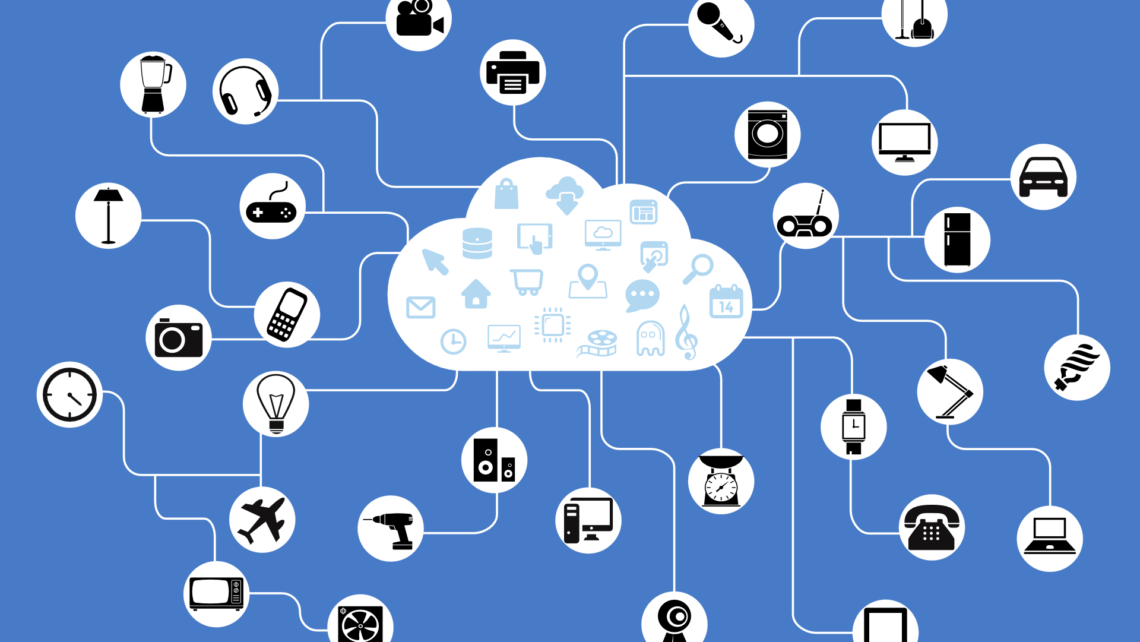How the Internet of Things Will Change Your Job as an EHS Manager
Billions of connected devices are projected to flood into businesses. How will they change your job as an EHS manager? And how do you prepare?
By Cory Sander
We’ve seen the Internet of Things slowly make its way into our homes. There are connected smoke detectors, thermostats, refrigerators, and of course, Amazon’s Alexa to control all your smart home items. But there’s an even bigger wave of Internet of Things (IOT) items—a broad term applied to devices connected to the Internet—about to hit the business world.
A recent Business Insider report estimates that we’ll find roughly 23.3 billion connected devices across all business sectors by 2019. So it seems only logical that we’ll find our share of those devices in environmental, health and safety management. The bigger question might be this: How will IOT change your job as an EHS manager? And what do you need to do to prepare?
The Rewards of IOT + EH&S
Let’s start with the many potential upsides to bringing IOT devices into your facility:
Proactive maintenance and repairs. Let’s imagine one of your control devices, such as a baghouse, needs serviced. If it’s IOT-enabled, it might be able to sense when there’s about to be a problem or simply keep track of its own maintenance schedule. Then the baghouse could automatically send an email to your preferred contractor for maintenance and send you a notification at the same time. These proactive actions might extend across many devices in your facility.
Automated data reporting. Keeping accurate records is one of the toughest parts of being an EHS professional. But what if the devices in your facility started doing some of the tracking for you? And automatically generating weekly or monthly reports? In addition to scheduling its own repairs, your baghouse might track the air emissions, too. Maybe your paint sprayers could track paint usage. You’d suddenly have more time freed up to focus on other tasks.
Improved worker safety. New wearable devices for workers from IBM and other companies may prevent falls and injuries, preserving worker health and saving money. These devices can track skin temperature, heart rate, movement and weather to warn workers and their managers about the potential for heat stroke. Other uses might include monitoring noise or toxic gas levels. In the future, we may even leave the most dangerous jobs—like cleaning up hazardous waste—to robots.
The Risks of IOT + EH&S
As wonderful as all this whiz-bang futurism might sound, keep in mind that it will come with some risks and challenges, as well. Here are a few:
Coordinating with new departments. You’ve probably had moderate involvement with your company’s IT department in the past, but get ready to involve them in decisions you might not have before. If you’re going to install a smart flow measure device—one that connects to the Internet—you’ll need to coordinate with both maintenance and IT. This might make the process longer and harder at the start to realize efficiency payoffs down the road.
Raising the hiring bar. As your equipment gets savvier, your staff may need to raise their game right alongside it. You might need to reevaluate your hiring criteria to make sure your staff can understand these new IOT devices and interpret all the data they spit out. In fact, you might find yourself needing a new tech-focused position on your EHS team that encompasses basic programming or computer networking skills.
Protecting your data. IOT gives you more data and easier access to it. But if you’re not careful, you might end up giving your data—or control of your IOT devices—to someone else. Anything connected to the Internet is vulnerable to hacking and data breaches. You’ll need to work up formal privacy and security policies to safeguard against these breaches. Plus, you’ll need an emergency plan in case those fail safes are breached.
One day your EHS management plan may call for a complex system of sensors and devices that all talk to each other and adjust accordingly—managing everything from water usage to air pollution control devices and worker safety. You’ll gain huge efficiencies and find yourself monitoring and fine-tuning instead of manually chasing down all your data.
The IOT will be storming into your EHS world soon (if it hasn’t already). So now, maybe, you can start to get better prepared.
